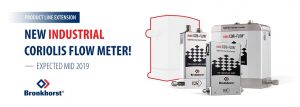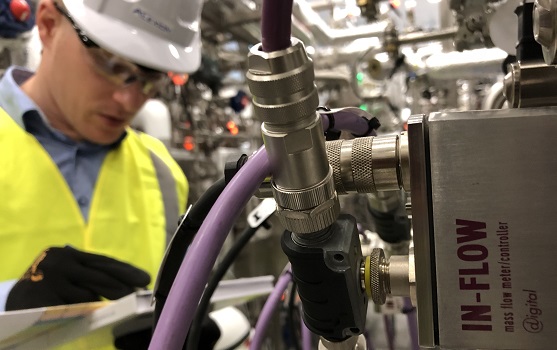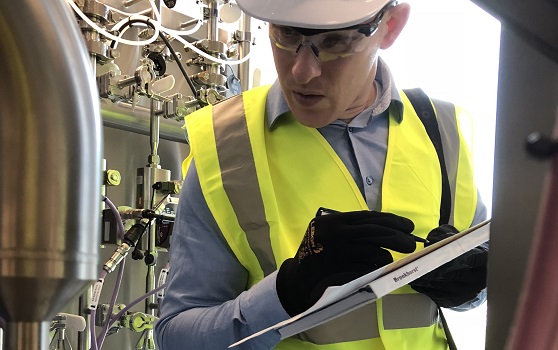Industrial low flow mass flow meters
What we want to achieve is to have rigid flow measurement and control, suitable for the application during the economic lifetime of the installation. Therefore, it would be best to select the best flow instrument fit for purpose. In case of low flow applications I therefore recommend to use dedicated low flow equipment. These flow meters are designed and tested for these kinds of applications.
Our industrial low flow mass flow meters and controllers can be equipped with integrated control valves or dedicated pumps, especially designed for low flow purpose. Stable control characteristics are combined with signal-to-noise ratio plus being proportionally less sensitive for disturbances.
Bronkhorst industrial low flow mass flow meters
We gladly support you in process and environmental equipment selections including system design aspects, starting with selecting the most suitable measuring and control principles. Our flow meter product portfolio contains laboratory-style and light-industrial flow meters to heavy-duty IEC-Ex/ATEX-rated industrial versions (…having a “high” IP-rating as well).
Drive your low flow control reliable and safely!



 Industrial low flow applications have to cope with a wide variety of environmental and process conditions, but what does this mean when we talk about ‘industrial’? Knowledge about the specific application and low flow fluidics will help a lot to prevent slipping.
Industrial low flow applications have to cope with a wide variety of environmental and process conditions, but what does this mean when we talk about ‘industrial’? Knowledge about the specific application and low flow fluidics will help a lot to prevent slipping.
 The importance of dedicated low flow equipment
The importance of dedicated low flow equipment